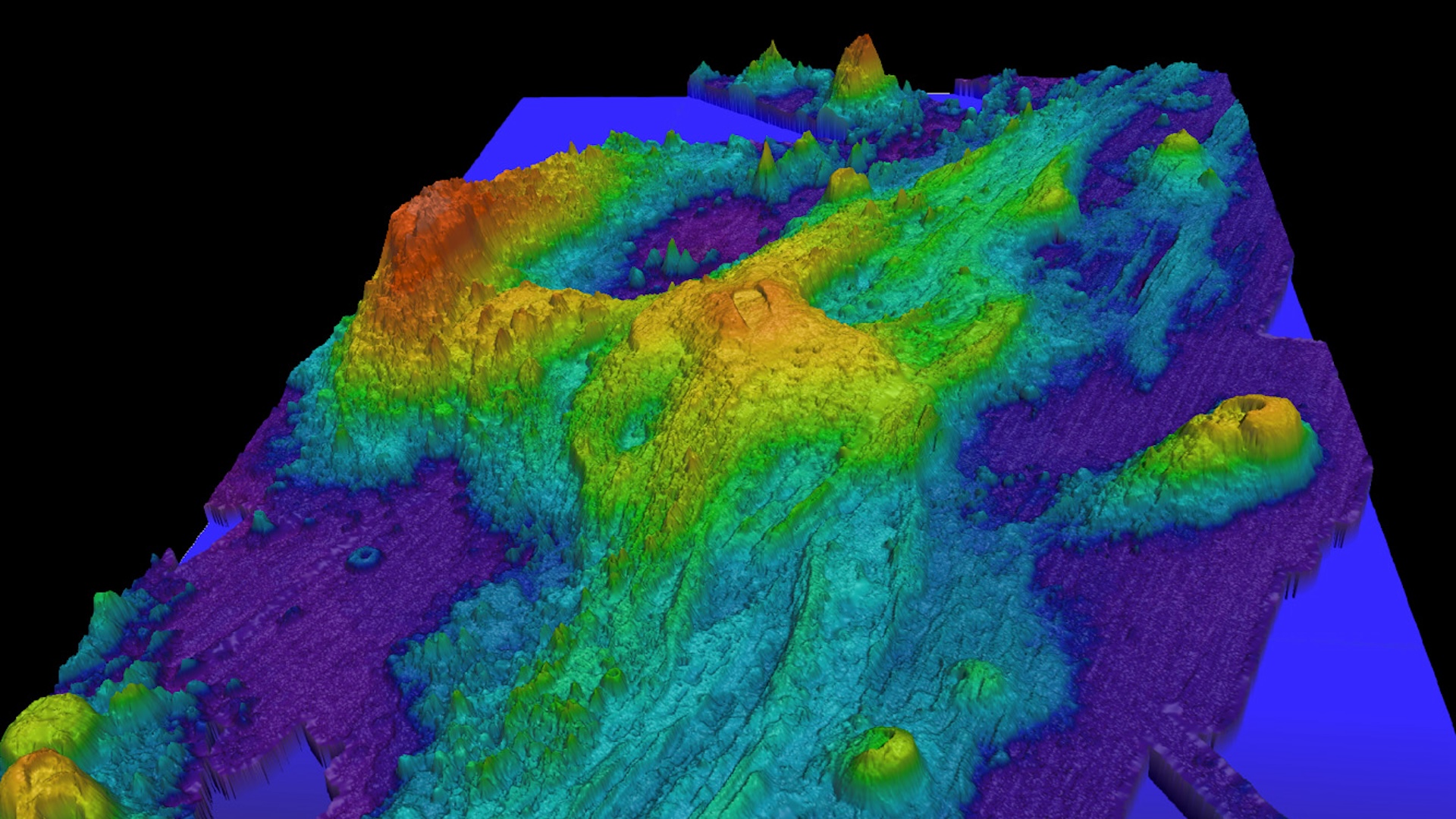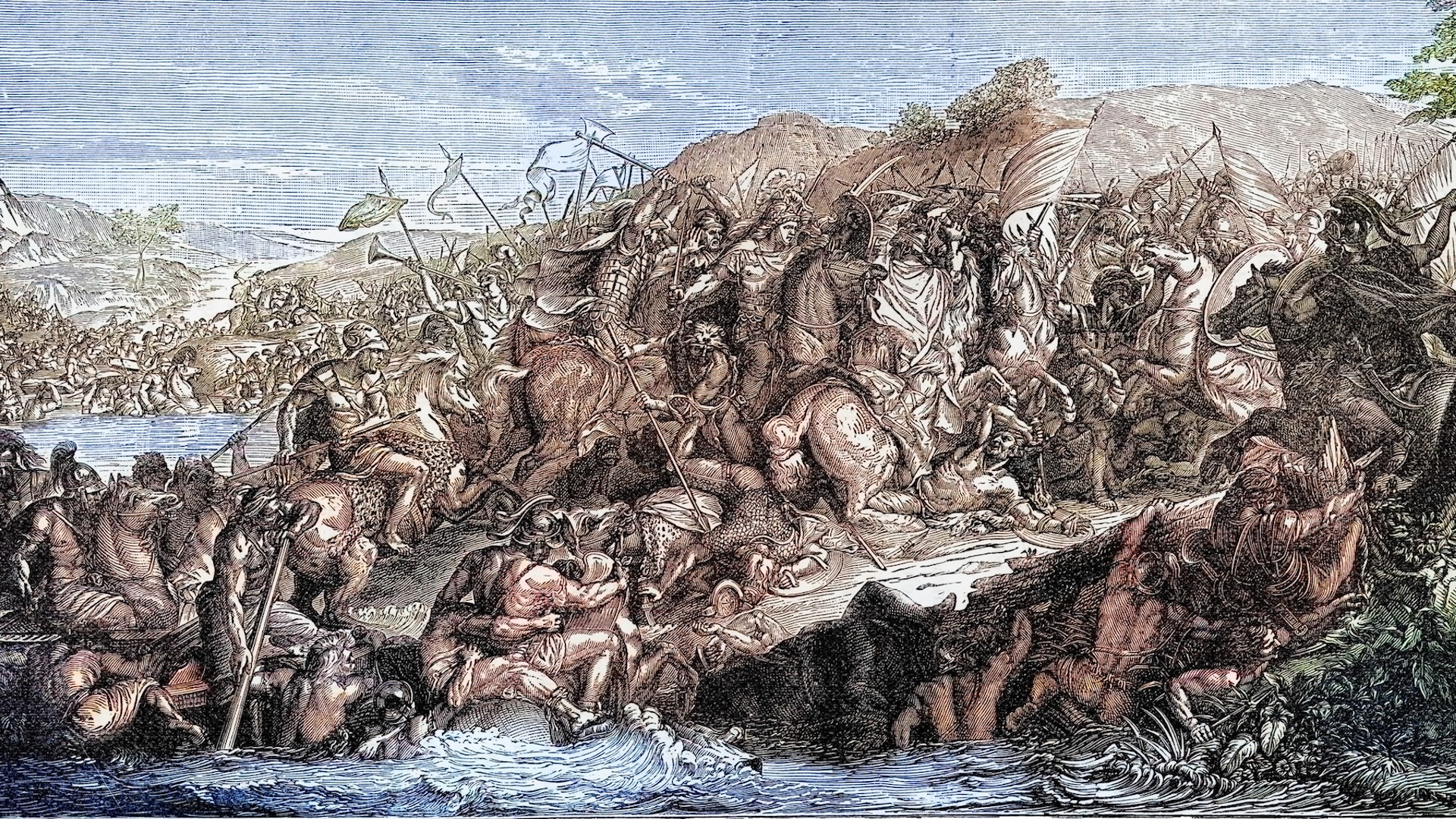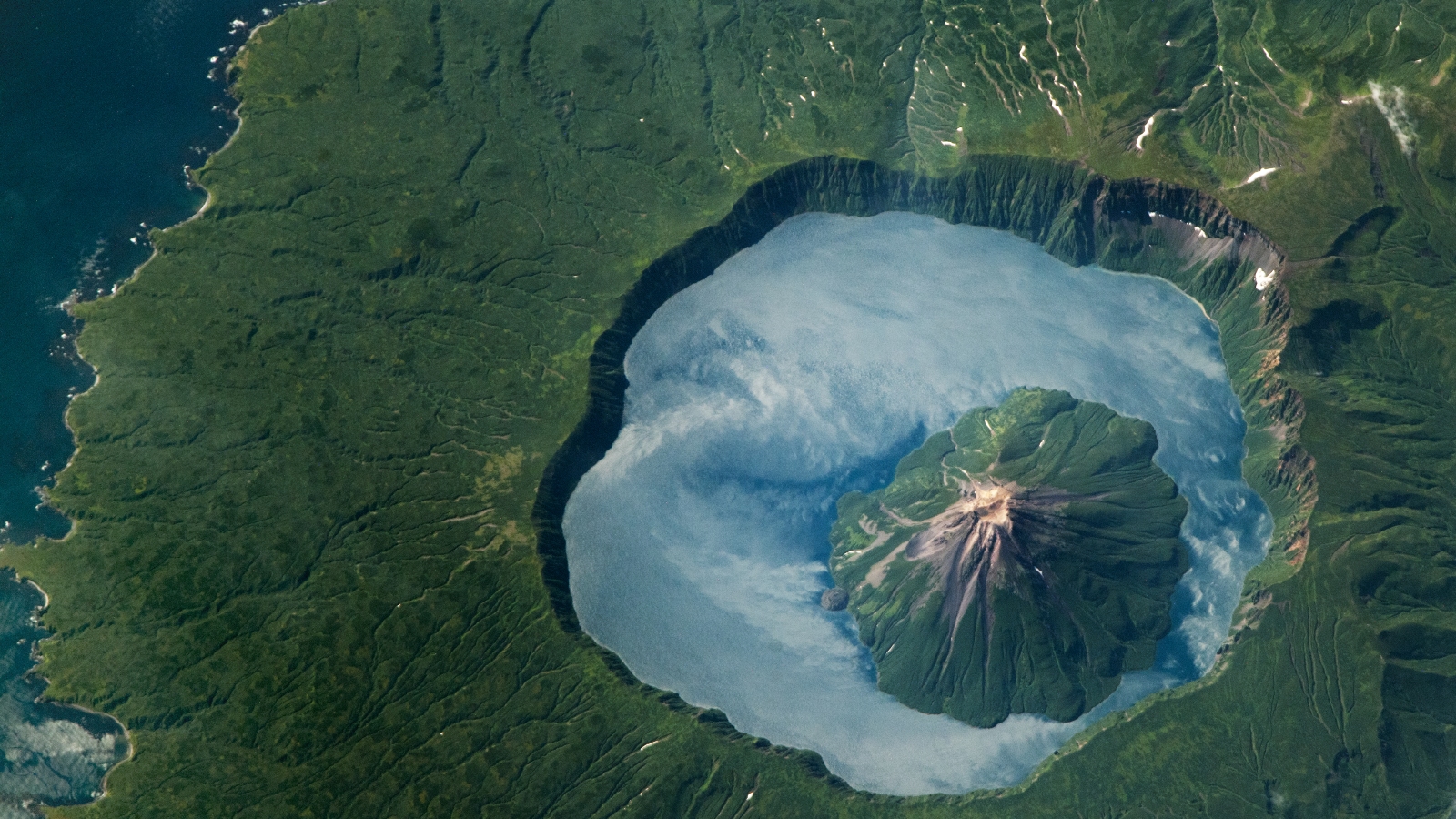It’s a chilly start to 2025 for many as an expanding polar vortex is expected to bring dangerously low temperatures to the eastern half of the U.S. While it’s too early for precise measurements, forecasters predict that this month could be the coldest January in the U.S. for more than a decade.
But weather forecasts are not the only 2025 predictions in this week’s science news…
West Coast volcano about to blow

Axial is an underwater volcano located 300 miles (480 kilometers) west of Cannon Beach, Oregon. The seamount erupts fairly regularly and is relatively close to the shore, making it a perfect site for studying volcanic activity.
Predicting when a volcano is going to erupt is a difficult feat — and one that usually can only be done a couple of days in advance. However, volcanologists hope that by studying Axial, they may be able to gain new insights into how a volcano’s surface activity reflects the movement of magma and fluids underneath, which could help them improve longer-term eruption forecasting.
Discover more planet earth news
—What’s the difference between an active, dormant and extinct volcano?
—Earth news quiz 2024: Test yourself on this year’s biggest stories about our planet
Life’s Little Mysteries

Neuroscience has advanced exponentially in recent decades, and we now have a pretty good idea of the physical locations where memories are stored in the brain. But could we ever isolate specific memories and program them into machine learning algorithms to replay those special moments?
Legendary ancient battleground uncovered

The Battle of the Granicus in 334 B.C. was one of the most significant turning points in the rise of the famous Macedonian king, Alexander the Great. However, the site of the battlefield has been somewhat of a mystery — until now.
Archaeologists have been sniffing around the area in northwest Turkey since the 19th century, and human skeletons and weapons have been found at the site. However, thanks to modern techniques, researchers have reconstructed what the area might have looked like in Alexander’s time, to further support theories of the battleground’s location and rule out other contenders.
Discover more archaeology news
—10 stunning ancient Egyptian discoveries made in 2024, from hidden temples to hallucinogenic rituals
Also in science news this week
Pet cats in Los Angeles County are catching bird flu from raw food, milk
Diagnostic dilemma: A surgeon accidentally transplanted a tumor into his own hand
Viral disease HMPV is on the rise among kids in China — what is it?
Science Spotlight

The field of robotics continues to expand and stretch to new frontiers, from microscopic drug delivery services to humanoid (and pet-like) companions. We’ve collated a list of 8 of the weirdest robots in the world right now, from impressive feats of engineering to just plain freaky.
Something for the weekend
If you’re looking for something a little longer to read over the weekend, here are some of the best long reads, book excerpts and interviews published this week.
James Webb Space Telescope quiz: How well do you know the world’s most powerful telescope?
Tristan da Cunha: The most remote inhabited island on Earth, forged from a supercontinent breakup
And something for the sky watchers
Quadrantid meteor shower: How to watch the first ‘shooting stars’ of 2025 rain over Earth tonight
Saturn will disappear behind the moon for skywatchers in Europe on Saturday. Here’s how to see it.
The 10 best stargazing events of 2025
Science in pictures

There’s something magical about seeing Earth from an airplane window — even more so if you’re an astronaut on the International Space Station (ISS). And sometimes, Earth can treat us to impressive optical illusions that can only be seen from above.
In this image, an astronaut has captured one of Russia’s deepest lakes — Kol’tsevoye Lake — sandwiched between two halves of a volcano as its surface transformed into a reflective sea of swirling clouds. The illusion occurred thanks to a rare mirror-like phenomenon, known as “sunglint,” which relies on sunlight bouncing off a watery surface at an angle.
Want more science news? Follow our Live Science WhatsApp Channel for the latest discoveries as they happen. It’s the best way to get our expert reporting on the go, but if you don’t use WhatsApp we’re also on Facebook, X (formerly Twitter), Flipboard, Instagram, TikTok, Bluesky and LinkedIn.
